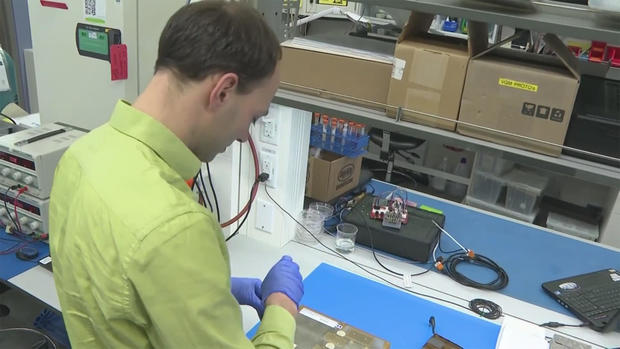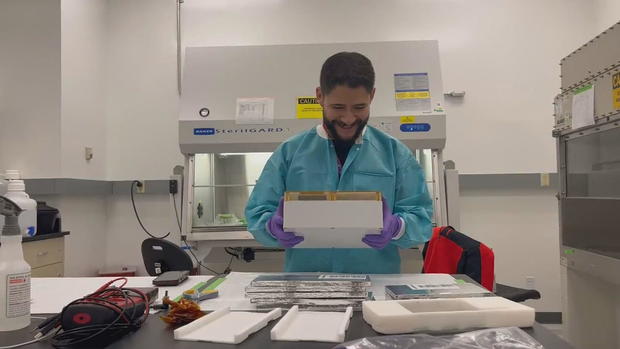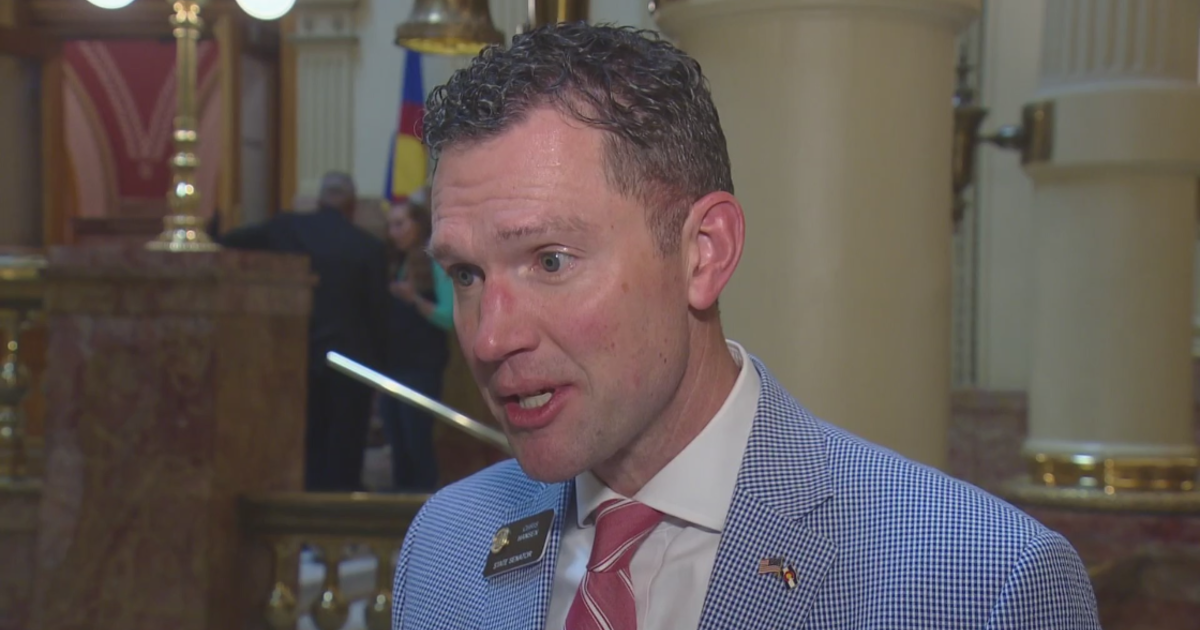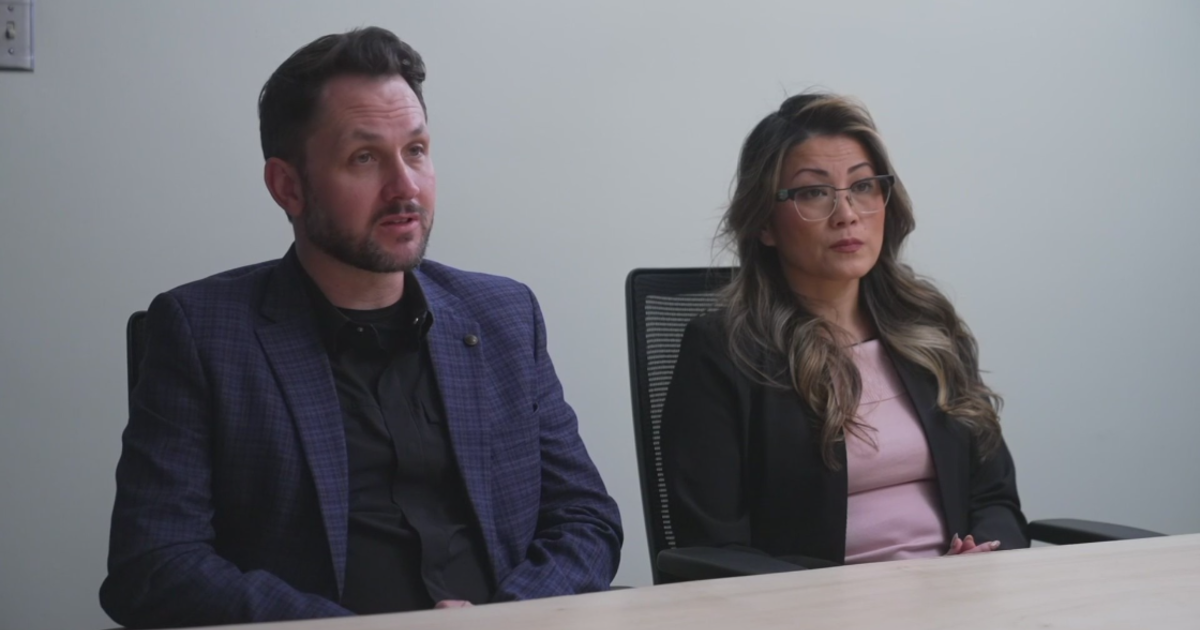How would human DNA do in deep space? Experiments from Artemis I being studied at University of Colorado
More than two months after the Artemis I launch, researchers are analyzing several scientific experiments that were on board.
Some work is happening at the University of Colorado Boulder within the BioServe Space Technologies Lab, where the team is determined to find out whether humans could make a similar trip into deep space.
While the Orion capsule has been back for more than a month now, the research into its trip around the moon has only begun. Tobias Niederwieser and his colleagues in Boulder began their analysis in the days after splashdown, and still have a lot of learning to do.
This past November, their biological experiment was one of only a few on board the Artemis I launch. The five-year project has an ambitious goal.
"What we are looking at is how does deep space radiation affect DNA of yeast in space, and we are using yeast because it's very similar to human DNA," said Niederwieser. "With that, we are able to predict how human DNA will do in space."
To do so, the team created a box where yeast can grow and had it placed underneath the mannequins inside the capsule so it would receive the same radiation exposure a human would.
The entirety of the 25 day trip around the moon was also a test of team members' patience since they had no way to check in on the experiment.
"We didn't have any power from the vehicle, we didn't have any data communications," he said. "We had no insight until we got it back in our hands."
At splashdown, it was still a mystery if they'd even have something to study, but days later, they learned everything went according to plan.
"You have one chance, and you never know if it works or not, but we're very happy that it worked," Niederwieser said.
Now their colleagues in at the University of British Columbia in Canada are analyzing the DNA of each yeast cell grown on the trip. They'll then compare that to yeast grown here under similar conditions, as well as possibly a separate control experiment on the International Space Station.
Niederwieser said it's a long process ahead but could provide crucial answers about radiation and the ability to send humans into deep space.
"We are hoping to send more humans further down into space for longer periods of time, so finding out how best to protect those astronauts once in space, is something that could come out of this experiment."
The team expects its Canadian counterparts to send back that data in several months. They hope to have results by the end of the year.






